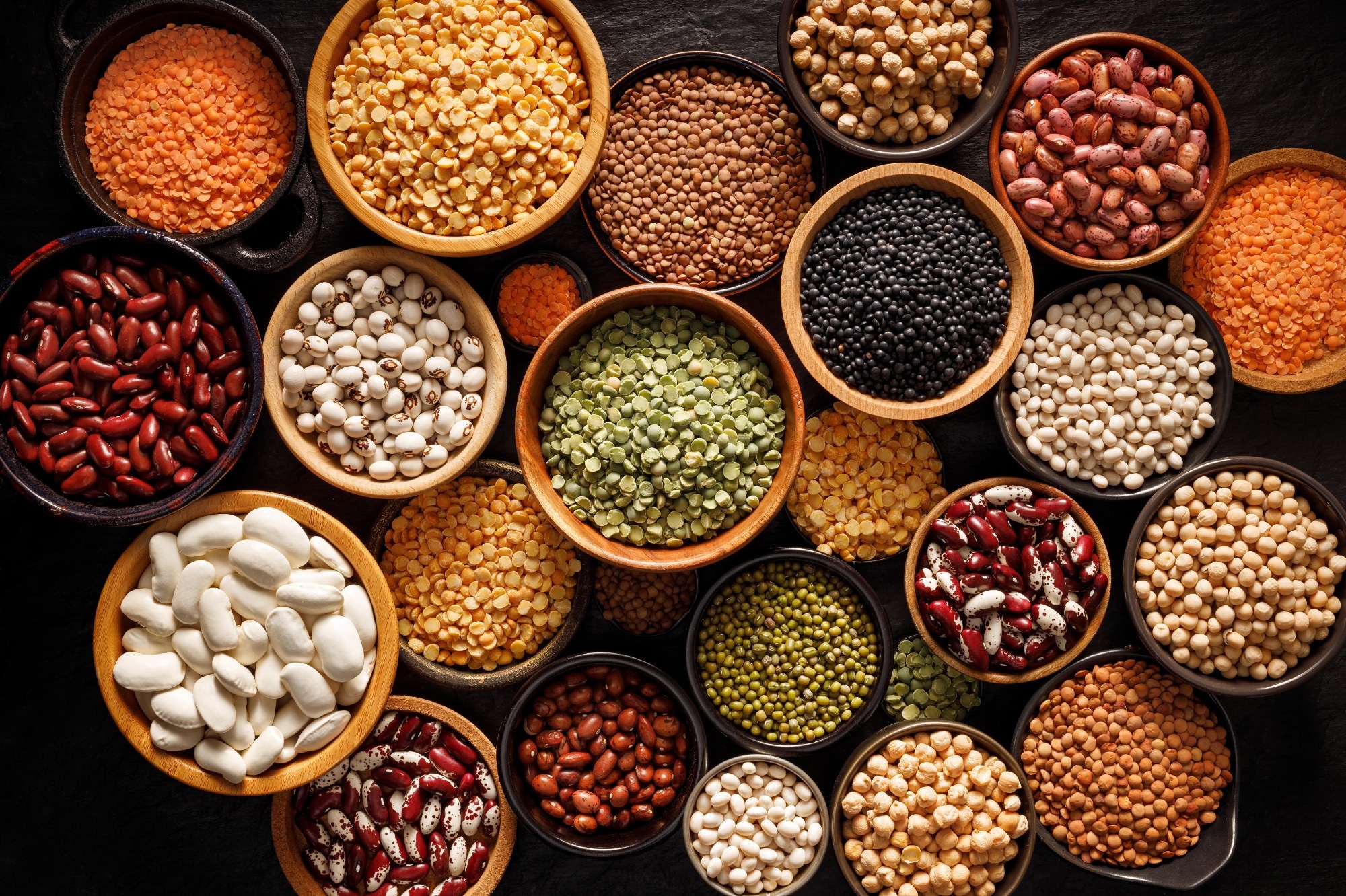Despite their low cost and health benefits, pulses remain under-consumed in the U.S., but new data reveal who eats them, why they are essential for health, and how small changes could close the gap with national dietary goals.
 Study: Pulse consumption trends in the US in the context of 2025–30 Dietary Guidelines for Americans: analyses of NHANES data for 1999–2018. Image credit: pbd Studio/Shutterstock.com
Study: Pulse consumption trends in the US in the context of 2025–30 Dietary Guidelines for Americans: analyses of NHANES data for 1999–2018. Image credit: pbd Studio/Shutterstock.com
The 2025–30 US Dietary Guidelines for Americans Advisory Committee has recommended listing pulses before meat, poultry, and eggs in the Protein Food Group as a potential protein source. However, a recent study published in Frontiers in Nutrition indicates that, except for Mexican Americans, overall pulse intake is low in the United States and that sociodemographic and socioeconomic characteristics significantly influence pulse intake trends.
Background
Pulses, including beans, lentils, chickpeas, and dried peas, are good sources of plant proteins, dietary fibers, and micronutrients. Compared to various animal protein sources, pulses are affordable and beneficial for human and planetary health.
To promote plant-based diets in the United States, the 2025–30 US Dietary Guidelines for Americans Advisory Committee has recommended moving pulses from the Vegetable Food Group to the Protein Food Group and placing them above meat, eggs, and poultry as potentially healthier plant protein sources.
An accurate analysis of existing pulse intake patterns in the United States is essential in determining public acceptance and adherence to the current dietary guidelines. Previous studies have estimated population-level pulse intake using short-term data and reported significant variations by education and ethnicity.
In the current study, researchers used data obtained from the National Health and Nutrition Examination Survey to explore pulse intake trends in the United States from 1999 to 2018. They also assessed whether sociodemographic and socioeconomic characteristics and pulse types influence pulse intake trends.
Study design
The study analyzed dietary intake data collected from 10 cycles (approximately 5000 participants per cycle) of the National Health and Nutrition Examination Survey. The current sample size was 48,738 adult participants.
The participants were stratified by sex, age, income-to-poverty ratio (IPR), education, and ethnicity. Pulses were separated into beans, chickpeas, peas, and lentils. The study population and pulse consumers, including 9,186 adult participants, were analyzed for pulse intake trends over 20 years.
Key findings
The dietary analysis over 20 years revealed that only 17% of the study participants consumed pulses on a given day. The highest prevalence of pulse intake was observed among Mexican Americans, and the lowest was observed among non-Hispanic Black adults, with non-Hispanic White adults also low.
The average pulse intake in the total study population was 12 grams per day. Among pulse consumers, the average intake was 68 grams per day, about 4 cups per week, which exceeded the recommended 2.5 cups per week. The proportion of pulse consumers declined significantly between 1999 and 2006, followed by a significant increase between 2006 and 2008.
The most commonly consumed pulses were beans, followed by lentils and chickpeas. The intake of chickpeas has increased significantly since 1999. However, the increase in lentils was not statistically significant. In contrast to beans, intakes of both lentils and chickpeas were associated with higher socioeconomic status.
Higher pulse intakes were observed among men, younger adults aged 31–50, and those with lower educational and socioeconomic status. The lowest pulse intake was observed among older adults aged over 70.
Among different pulses, beans were consumed mainly by participants with lower socioeconomic status. These participants minimally consumed lentils, chickpeas, and peas throughout the study period. In contrast, participants with higher socioeconomic status mostly consumed lentils and chickpeas.
Study significance
The study finds a low prevalence of pulse intake among U.S. adults, except for Mexican Americans. The average pulse intake by U.S. adults is estimated to be 0.68 cups per week, substantially lower than the recommended 2.5 cups per week.
However, the average intake by pulse consumers is estimated to be more than 3.9 cups per week, which exceeds the current dietary recommendations. In 2017-2018, only 19.9% of adults met the 1.5 cups per week target, and just 10.9% met the 2.5 cups per week target.
In 2000, the study found a drop in pulse intake, which the authors suggest may be due to increased acculturation of Latino and Asian immigrant groups and younger age groups' adoption of Western dietary patterns. Cultural and economic forces, including food price inflation and a growing interest in plant-based proteins, may drive the recent increase in pulse intake.
The study reveals that U.S. adults with lower educational and socioeconomic status consume higher amounts of pulses. Pulses are inexpensive, shelf-stable, and can be bought in bulk, dried, or canned. These factors may explain the observed socioeconomic differences in pulse intake trends. However, the study also notes that income and education did not significantly predict whether someone consumed pulses, only the amounts consumed among those who did.
Given the study findings, researchers suggested two strategies for implementing the 2025–30 dietary guidelines for Americans. One strategy would be to promote chickpeas and lentils to higher-income consumers and ethnic groups with fewer cultural or structural barriers regarding plant-based foods.
The second strategy would be to popularize pulse-based snacks and breakfast products among Americans, especially among children and adolescents. Increasing public awareness about the affordability, convenience, and health benefits of pulses would be an important step towards successfully implementing the current dietary guidelines. The study authors also caution that their analysis relies on one-day dietary recalls, which estimate group averages but may not reflect usual individual intake.
Download your PDF copy now!